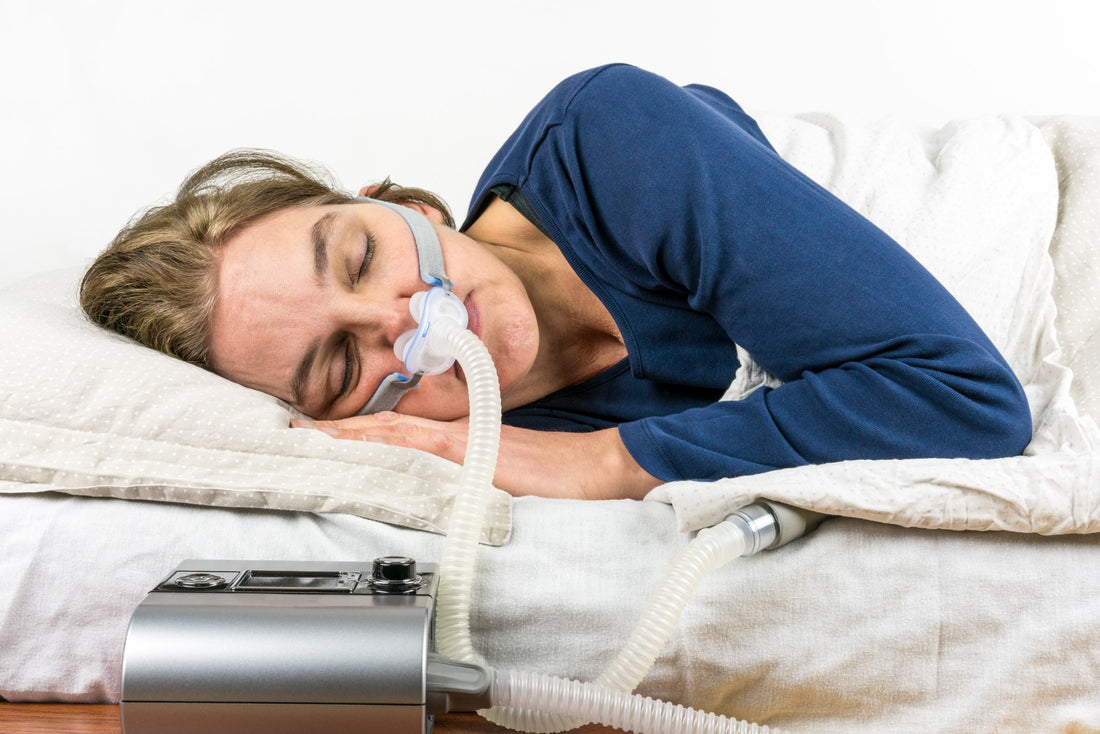If you've recently been diagnosed with sleep apnea and prescribed Continuous Positive Airway Pressure (CPAP) therapy, you may have questions and concerns about what to expect. Don't worry; you're not alone. In this beginner's guide, we'll walk you through the essentials of CPAP therapy, helping you understand the ins and outs of this transformative treatment for sleep apnea.
Understanding Sleep Apnea: A Quick Overview
Before delving into CPAP therapy, let's briefly understand sleep apnea. It's a common sleep disorder characterized by interruptions in breathing during sleep. These interruptions, known as apneas, can lead to disrupted sleep and a range of health issues.
What Is CPAP Therapy?
CPAP, or Continuous Positive Airway Pressure, is a non-invasive treatment designed to keep your airways open during sleep. A CPAP machine delivers a constant stream of air through a mask, preventing the collapse of your throat tissues and ensuring a steady supply of oxygen.
Getting Started with CPAP: A Step-by-Step Guide
1. Consultation and Prescription:
- Your journey begins with a consultation with a sleep specialist. Based on your sleep study results, they may prescribe CPAP therapy.
2. Choosing the Right CPAP Equipment:
- There are various CPAP machines and masks available. Work with your healthcare provider or a durable medical equipment (DME) supplier to select equipment that suits your needs and preferences.
3. Mask Fitting and Comfort:
- Proper mask fitting is crucial for effective therapy. Your healthcare provider or DME supplier will ensure the mask is comfortable and fits securely.
4. Understanding Machine Settings:
- Your CPAP machine will have adjustable settings. Your healthcare provider will determine the appropriate pressure settings for your therapy.
5. Nightly Routine:
- Make CPAP therapy a part of your nightly routine. Put on your mask before sleeping, and ensure your machine is clean and in good working order.
Overcoming Common Challenges
1. Mask Discomfort:
- It's common to experience initial discomfort with the mask. Give yourself time to adjust, and consider trying different mask styles if needed.
2. Dry Mouth and Nose:
- Using a humidifier with your CPAP machine can alleviate issues with dry mouth and nose. Your healthcare provider can guide you on the right settings.
3. Consistency is Key:
- Consistent use of CPAP therapy is essential for its effectiveness. Stick to your routine, and you'll likely notice improvements in your sleep quality and overall well-being.
Monitoring Progress and Seeking Support
1. Follow-Up Appointments:
- Schedule regular follow-up appointments with your healthcare provider to monitor your progress and make any necessary adjustments to your therapy.
2. Community Support:
- Joining online forums or local support groups can connect you with others going through similar experiences. Sharing tips and stories can be both helpful and encouraging.
Conclusion: Embracing Better Sleep with CPAP
Embarking on CPAP therapy might feel overwhelming at first, but with time and support, it can become an integral part of a healthier, more restful life. Remember, you're taking a proactive step towards improving your sleep and overall well-being. If you ever have questions or concerns, don't hesitate to reach out to your healthcare provider or the CPAP community for guidance and support.
Sweet dreams await on your CPAP journey!
